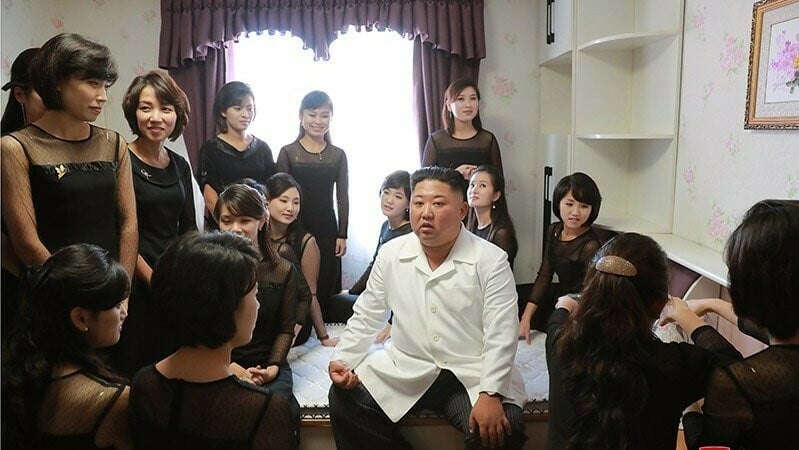About the Author
Adam Cathcart
Adam Cathcart is a lecturer in history at the University of Leeds and the editor of Sino-NK.

Get behind the headlines
|
Opinion Why North Korea and the U.S. should try a little cultural diplomacyPyongyang could harness the zeitgeist and push its soft power  2018 has been a significant year for North Korean cultural diplomacy. Clearly, the primary push has been southward, and coordinated with Kim Jong Un’s overall drive to improve relations with Seoul. At the recent Pyongyang summit between Kim and Moon Jae-in, musical performances -- and the performers themselves -- played a significant role, going well beyond providing ceremonial trappings or tuneful (and predictably emotional) Arirangs. © Korea Risk Group. All rights reserved. |